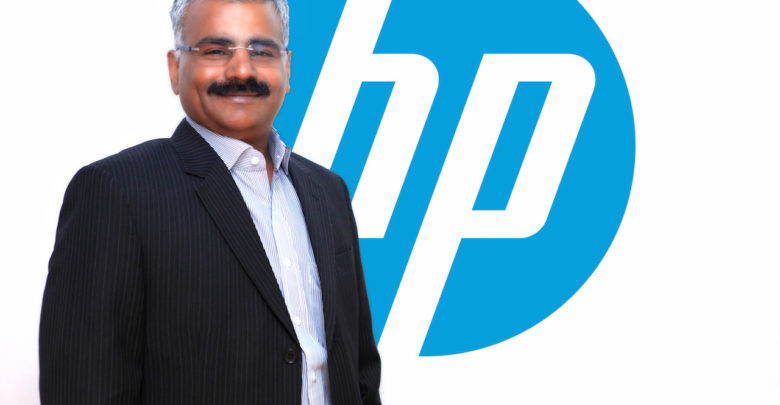The Era of 3D Printing Innovations
Written by Mathew Thomas, Managing Director, Middle East, Turkey and East Africa, HP

3D printing continues to mark its presence into every dimension of our lives, proving its significance. The design and manufacturing process of products has drastically changed over the years. With the constant emergence of new methods and applications, 3D printing is revolutionizing the manufacturing process and in turn, drastically aiding in the development of various industries such as design, construction, and medicine.
Developed in the 1980’s, this innovative tool has immensely advanced, bringing use to industries such as healthcare and construction, to mention a few. Over the past decade, new innovations in 3D printing have contributed to the development of nations in the Middle East region. In 2016, His Highness Sheikh Mohammed Bin Rashid Al Maktoum, Vice President of the United Arab Emirates, introduced a strategy to implement 3D printing to uplift Dubai’s status as an innovative hub, and as a result, the first ever 3D printed offices were constructed in Dubai International Finance Centre (DIFC) to portray what offices of the future look like.
The strategy also stipulates that every new building in Dubai will be at least 25% 3D printed, beginning in 2019. In support of this growing demand for 3D printed materials, HP continues to work with channel partners across the UAE to provide its Jet Fusion range of 3D printers to model shops and 3D print service bureaus in the UAE, offering these innovative manufacturers extreme dimensional accuracy and fine detail.
Innovation is a rapid act of constantly revolutionizing the methods, systems and applications used, and the speed at which this is happening today is extremely swift, making it challenging for the human interface to keep up with the pace. Innovation isn’t the only change we’re witnessing, demand has also changed over the years, with an abundance of individuals demanding enhanced personalization in this day and age.
This is where immersive computing comes to play. In simple words, immersive technology bridges the void between the physical and digital world, creating a sense of immersion, while offering a sense of personalization. Fortunately, 3D printing offers a variety of advantages that align with the ever-changing trends and demands today. It takes us from mass to on-demand production, and from generic to bespoke products. In addition, this ground-breaking technology promises rapid innovation with shorter times to market, leading to less inventory and more efficient supply chains.
Millions of established companies globally are investing in this pioneering technology, which has a lot in its pocket for the future. With immense opportunities for customization, and a low prototyping price, 3D printing has become very present around us, and is continuously progressing, introducing new abilities and impressively transforming processes.
Adapting to a fast-moving digital world is inevitable, and almost deemed as a survival requirement for businesses in the region. Technologies like 3D printing are a significant aspect of digital transformation, increasing efficiency in organizations by providing them with the ability to fully leverage resources through improved activities and processes.
Innovation is not just about creating advancements that allow efficiency in cost and production, but it is equally important for it to be sustainable and controllable. Due to the decreased need for inventory and more efficient supply chains, 3D printing could be the next major contributor to the sustainability of our environment. Mass production is inefficient at matching supply and demand, creating waste, and the transportation of goods around the world damages the environment.
3D printing lowers emissions by reducing tooling in pre-production, lowering sub-assemblies required in mass production and moving manufacturing closer to end users, significantly saving on freight. As 3D printing centralizes production and reduces the shipment of goods, CO2 emissions could be reduced by 130.5 to 525.5 million tonnes by 2025, including a 5% reduction in manufacturing emission intensities.
As time goes on, the innovations and opportunities created from 3D printing will continue to increase, ushering in an era of new pioneering products, services and applications. Innovations like this will welcome us to a whole new world of unimaginable opportunities.





